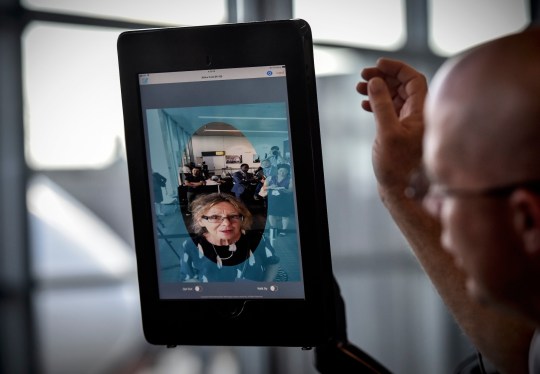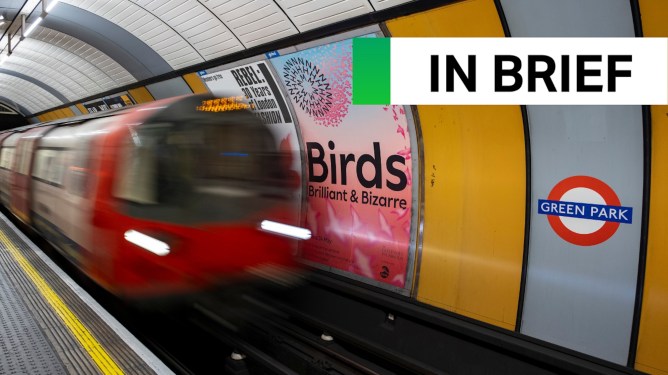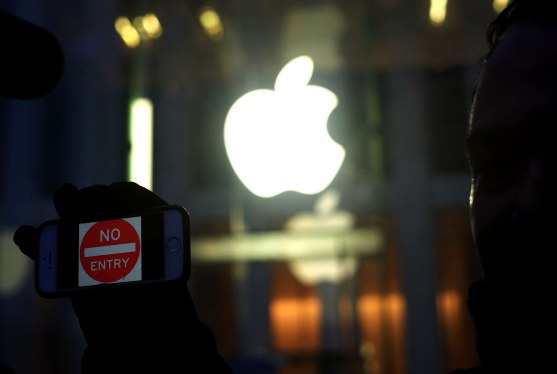Facial Recognition at U.S. Airports: A Double-Edged Sword
Introduction
In recent years, the use of facial recognition technology has become increasingly prevalent in various aspects of our lives. One area where this technology is being implemented with alarming regularity is in U.S. airports, where travelers are subjected to facial scans before boarding their flights. While proponents argue that facial recognition reduces paper tickets and enhances efficiency for travelers, critics point out the numerous flaws and concerns surrounding its implementation.
The Rollout of Facial Recognition Technology
More than 230 U.S. airports have already rolled out facial-recognition technology, according to the website of the U.S. Customs and Border Protection (CBP). This is a significant development, given that CBP’s primary function is to ensure the security of the country’s borders.
On one hand, the government claims that facial recognition reduces paper tickets and makes travel more efficient for travelers. However, as we delve deeper into this topic, it becomes apparent that things are not quite so straightforward.
The Imperfections and Controversies
Technical problems and reliability issues plagued the initial rollout of airport facial recognition, raising concerns about its effectiveness. Moreover, independent testing has called into question the efficacy of facial-recognition algorithms, which perform less well on non-white faces.
This is a disturbing trend that highlights the significant challenges in developing technology that can accurately recognize diverse ethnicities. It also raises questions about bias and whether these systems are fair for all individuals, regardless of their background.
Privacy and Legal Concerns
There are also concerns about privacy and the potential misuse of facial recognition data by law enforcement agencies or other organizations. The airlines themselves collect face scans to verify travelers as they board their flights, which then pass to the government to check passengers against watchlists. However, the government can hold onto these photos for an extended period, potentially several decades.
Data is also stored in multiple government databases, which border agents can access when arriving or departing the United States. This raises concerns about data security and how it will be used, even if travelers opt out of facial recognition checks.
Opting Out: A Right, Not a Privilege
While opting out might seem like an easy task for U.S. citizens, the reality is more complex than initially meets the eye. Travelers may not see signs that indicate they can opt out of these face-scan checks or be aware of their rights in this regard.
However, CBP’s website makes it clear that U.S. citizens have the right to opt out of facial photo capture. They can request alternative processing by a border agent, which typically involves a manual review of their travel documents.
Opting Out Process
Travelers must notify an officer or airline employee at the time of the facial-recognition scan to exercise this option. Border agents or airline staff will then manually check your passport and boarding pass as they would have prior to the introduction of the facial recognition system.
While opting out is straightforward for U.S. citizens, it’s a different story for non-U.S. citizens who do not have this right. They can opt out of facial recognition checks on domestic flights but are subject to mandatory face scans when departing international flights.
Exceptions and Limitations
There are also exceptions to the rule regarding opting out of facial recognition checks. For instance, some countries may require travelers to undergo these checks as a condition of entry.
Moreover, U.S. citizens who are part of certain programs or have specific statuses (e.g., law enforcement personnel) might be exempt from these checks altogether.
Conclusion
The use of facial recognition technology at U.S. airports is a contentious issue that raises several questions and concerns about its effectiveness, fairness, and potential for misuse. While it may seem like an efficient means to enhance security, there are numerous imperfections and controversies surrounding this implementation.
Ultimately, the decision to opt out of these face-scan checks should be an informed one, and U.S. citizens have a right to know their options. As technology continues to advance and its application expands into more areas of our lives, it is crucial that we carefully weigh the benefits against the potential risks and consider what safeguards need to be put in place to ensure this technology serves the public interest.
Additional Resources
- CBP Website: For information on facial recognition technology and opting out of these checks.
- ACLU Report: A comprehensive analysis of facial recognition technology and its implications for civil liberties.
- Epic Privacy Study: An examination of the technical aspects of facial recognition systems and their potential biases.



